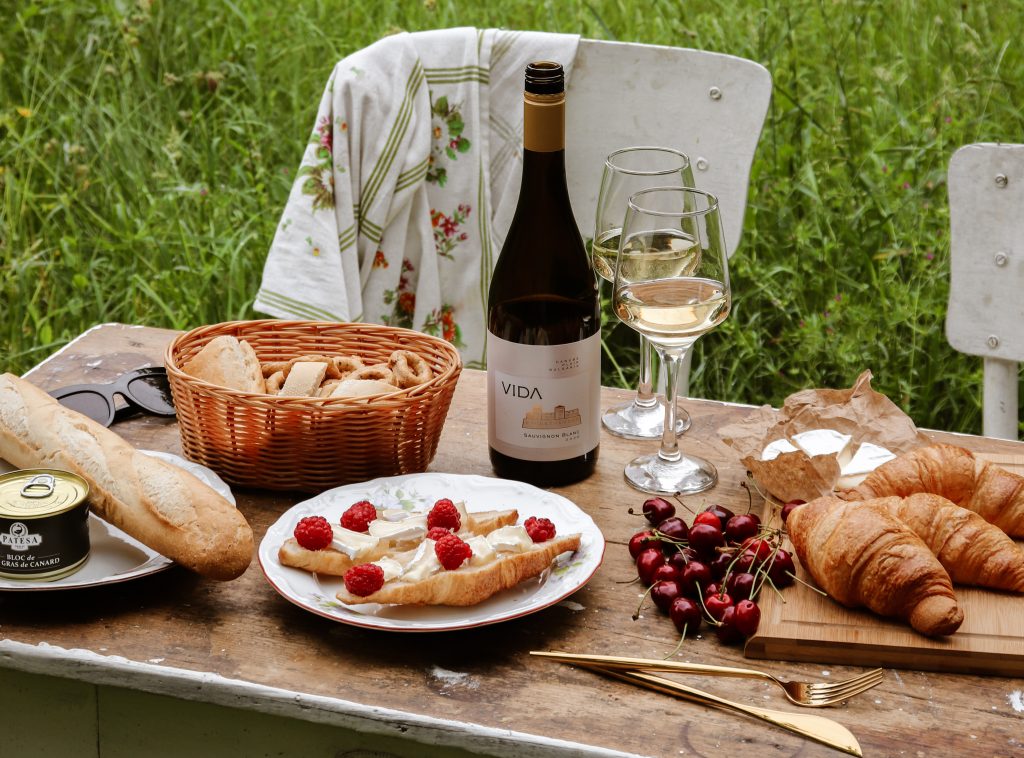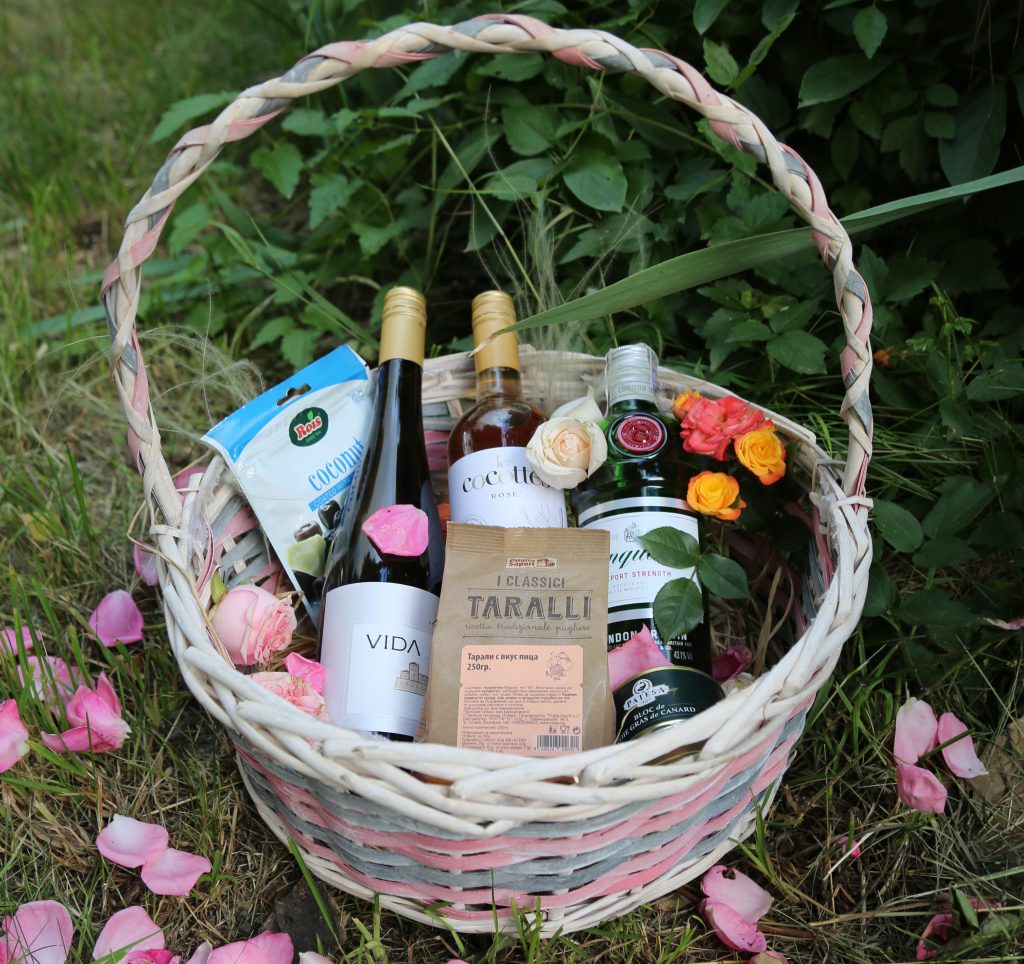Main Principles of Pairing
Wine holds a unique place when we talk about fermented alcoholic drinks and with a reason. It is special - creates an emotional symbiosis between the history and culture of a given country. Naturally when we talk about them, food inevitably must be included. Drinking wine is more than a process, it is a ritual. It is most often enjoyed with food on a table. We sip it slow and in small quantities, while we communicate with the others around us.
Before our modern time, however, pairing wine with food wasn't a discussed topic. The main idea has been to pair local one with local food and thus the beginning of food pairing has been established. Lamb was a typical dish in the regions like Bordeaux, Rioja and Rona.
Combining it with wines from this region is considered a classic. The Italians, who are famous for always enjoying the grape drink with food, have modeled it to fit the spices used in their recipes. Light bodies, high tannins and acids, their wines are reborn when paired with the local cuisine.
Successful pairing of wine and food is a phenomenon born by the wine industry in the 80s and 90s of the last century and it was part of creating a different eating experience. Pairing food with wine is as easy as it is hard, since it's highly personal and there is never a right answer there.
There are some general rules that we can apply:
1. Combine wines and foods of the same consistency - wines and foods can be light, medium or heavy in consistency/body. There is no point in offering a delicate white wine with a heavy stew as the wine will disappear without a trace among the flavours of the stew. Conversely, a full-bodied Australian Syrah paired with seafood will meld delicate fish flavours. An example of a good pairing is lobster and chardonnay: both have medium to heavy bodies and high density and complement each other very well.
2. Acids - tomatoes, citruses and green apples are highly acidic foods, and the Sauvignon Blanc and Riesling - highly acidic varieties. If the food contains vinegar or lemon juice, try searching for a highly acidic wine. These wines also, surprisingly, fit well with greasier food, since the acids destroy the fatness in food and prepares the mouth for another bite. Try roasted goose with caramelized cabbage and young Riesling.
3. Salt - salty foods mask well the tannins and the wine feels softer, sweeter and fruitier. Salt in foods pairs successfully with slight sweetness - prosciutto and melon is an iconic combination. Sauternes and blue cheese is an example of wine playing the sweet element.
4. Sweetness - wine should we equal to or sweeter than the food. If the sweetness in the food dominates, the wine will feel bitter.
5. Tannins - they were responsible for the bitterness we feel. They combine with proteins in the foods and prepare for the next bite. In other words: combine greasy foods with highly tannic wines.
6. Umami - umami is the fifth taste after salty, sweet, sour and bitter. While it feels close to salty, it is different and is sensed by separate receptors. It is activated by the glutamate in ripe or fermented foods (Asian cuisine, ripe parmesan, balsamic vinegar, mushrooms). Umami highlights the tannins, acids and warming effect of alcohol and suppresses the fruit, sweetness and body of wine. 7. Spicy food - spicy foods accentuate the alcohol in the wine, enhance the acids and tannins and inhibit the sweetness, fruit and body of the wine. A possible combination option is a wine with residual sugar (Alsatian Pinot Gris or German Riesling) which will break the attack from the spicy food. Asians don't like to deprive themselves from spiciness and combine it with wines with high alcohol % and tannins.
8. Local solutions - foods and wines with the same geographical origin are always a good idea. For example, in The Loir Valley in France you will be served beef from the Angoulême region with their local dry white wines. The very hearty Coq au vin (rooster in wine) is perfectly combined with the delicate and local Pinot Noir.Bulgarian kapama is ideal to eat, while drinking red wines from the Melnik region..













